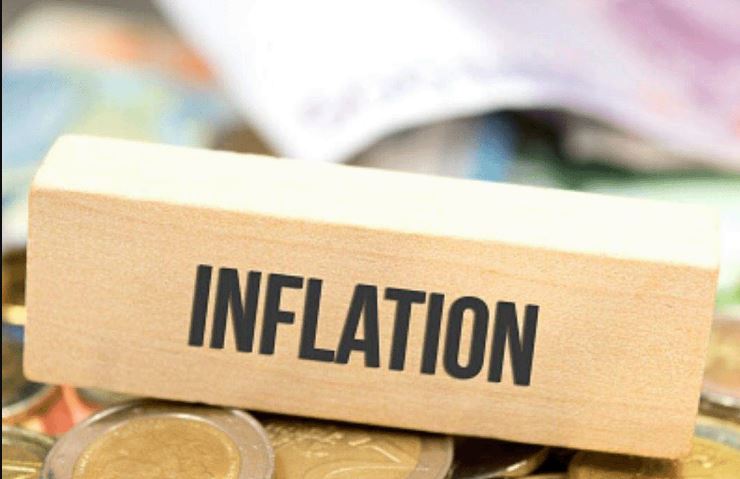Mumbai: Inflation may have slowed down in 2022 but its spread over different categories is having a varied impact on purchasing power of the population with urban poor (bottom 20 per cent) feeling the heat of inflation the most while the impact has been hardest for the top 20 per cent of rural population.
According to a Crisil analysis of the impact that inflation on different segments of the population, poorer segments are facing the pressure from price rise more due to high prices of fuel and food, which have the highest weights for the bottom 20 per cent. Also, urban inflation in these two commodity groups was higher than that in the rural areas.
Food inflation fell significantly from 5 per cent at the start of this fiscal to 0.7 per cent in September. Fuel inflation rose from 8 per cent to 13.6 per cent. And core inflation remained sticky near 6 per cent.
Not only did they diverge, but their burden also varied by income group, primarily because the share of spending on each of these commodity groups differs across income classes, Crisil said.
To show this, the ratings agency segregated the population into three broad groups by expenditure — the bottom 20 per cent, the middle 60 per cent and the top 20 per cent for urban and rural — using the National Sample Survey Organisation (NSSO) data. Then, the expenditure share of each commodity group was mapped with the relevant inflation during the last and this fiscal so far. Crisil then used these weights to calculate the overall inflation for each class.
According to the analysis, for rural areas, food constitutes the majority share in expenditure for the bottom 80 per cent of the population. For the upper 20 per cent, core takes the largest share. While the share of fuel is lower than those of food and core for all income groups, it is relatively higher for the bottom 20 per cent than the rest, the analysis found.
Overall, rural CPI inflation for food and beverages has been benign at an average 3.5 per cent on-year in this fiscal so far, while it was high for fuel at 10.3 per cent and core at 6.6 per cent. Given that food constitutes the largest share for the majority of the rural population, overall inflationary pressure for them has been lower relative to the upper 20 per cent of the population — which is receiving the full force of higher core inflation.
In urban areas, too, food and beverages is the largest expenditure item for the bottom 80 per cent though the respective shares are lower than their rural counterparts. Food inflation has also been higher in urban than rural areas this fiscal.
Just like in the rural areas, fuel accounts for a larger expenditure share for the bottom 20 per cent compared with other income classes in the urban areas. Fuel inflation in urban areas has been higher than in rural areas in this fiscal so far.
The relatively higher food and fuel inflation in urban areas have meant the poor in that geography are facing more heat than their rural counterparts.
Core commodities constitute the majority of expenditure share of the upper 20 per cent of the urban population. This share is also larger than that of their rural counterpart. Urban core inflation, however, is under 6 per cent and lesser than in the rural areas. This shows the urban rich have not been hit as much as the rural rich, the agency said.
With regard to the consumption pattern of the poor, the analysis found that cereals, fuel and vegetables are the top three commodities for both rural and urban areas. The pressure from high fuel inflation is likely to have been offset by lower inflation in cereals/vegetables this fiscal. However, six out of the 10 commodities have seen inflation above 6 per cent in rural areas this fiscal. In urban areas, there are five such commodities. This implies inflationary pressures are still significant for the poor.
In effect, this would mean that containing food inflation, particularly in cereals and vegetables, is the key to saving the poor from price pressure.
The recent cooling in food inflation — even as non-food inflation remains high — would have benefited the poor more than the rich. However, it also needs to be kept in mind that the share of fuel in total consumption is more for the poor. Hence, the double-digit fuel inflation seen for a major part of this fiscal may have offset the benefit of falling food inflation.
